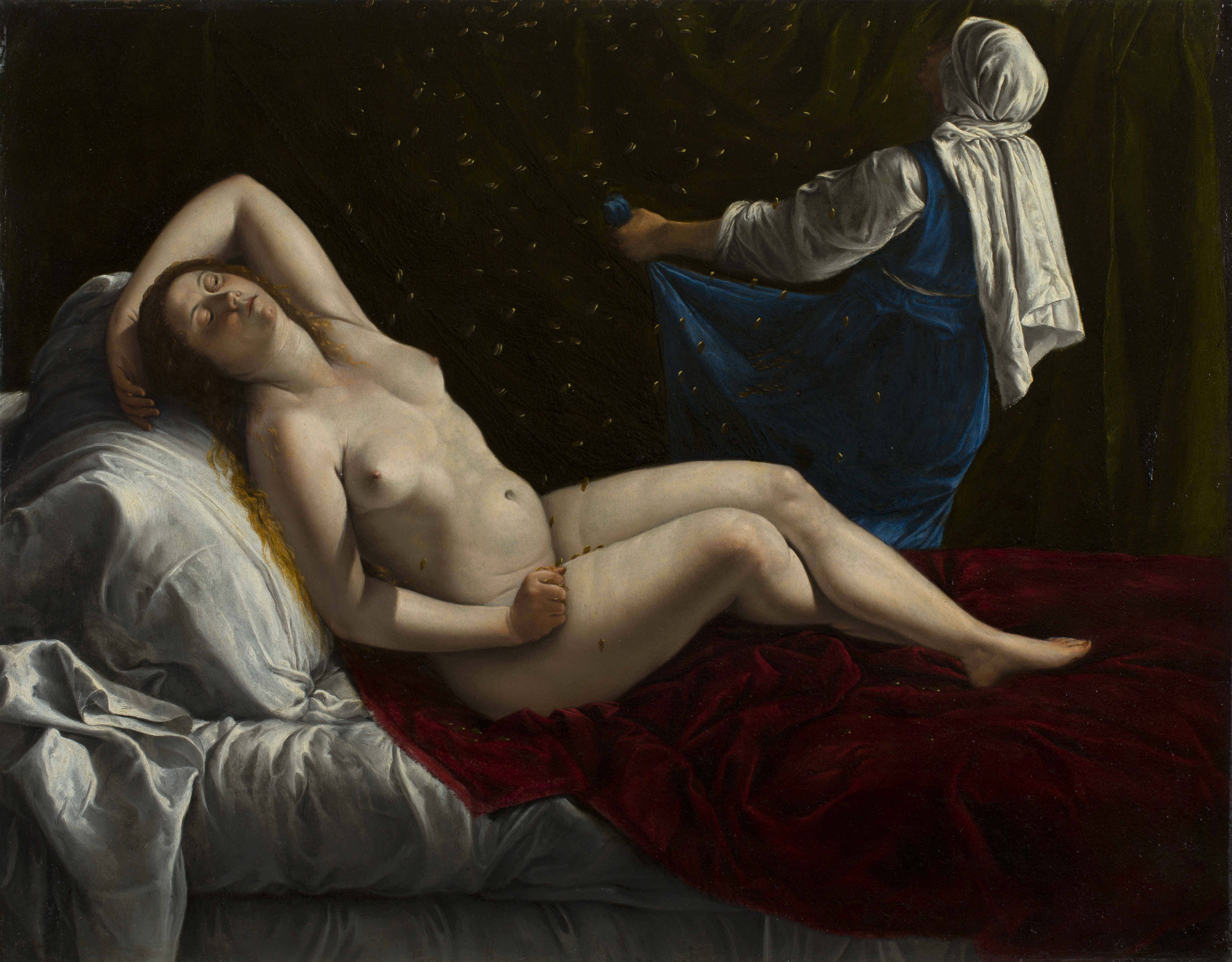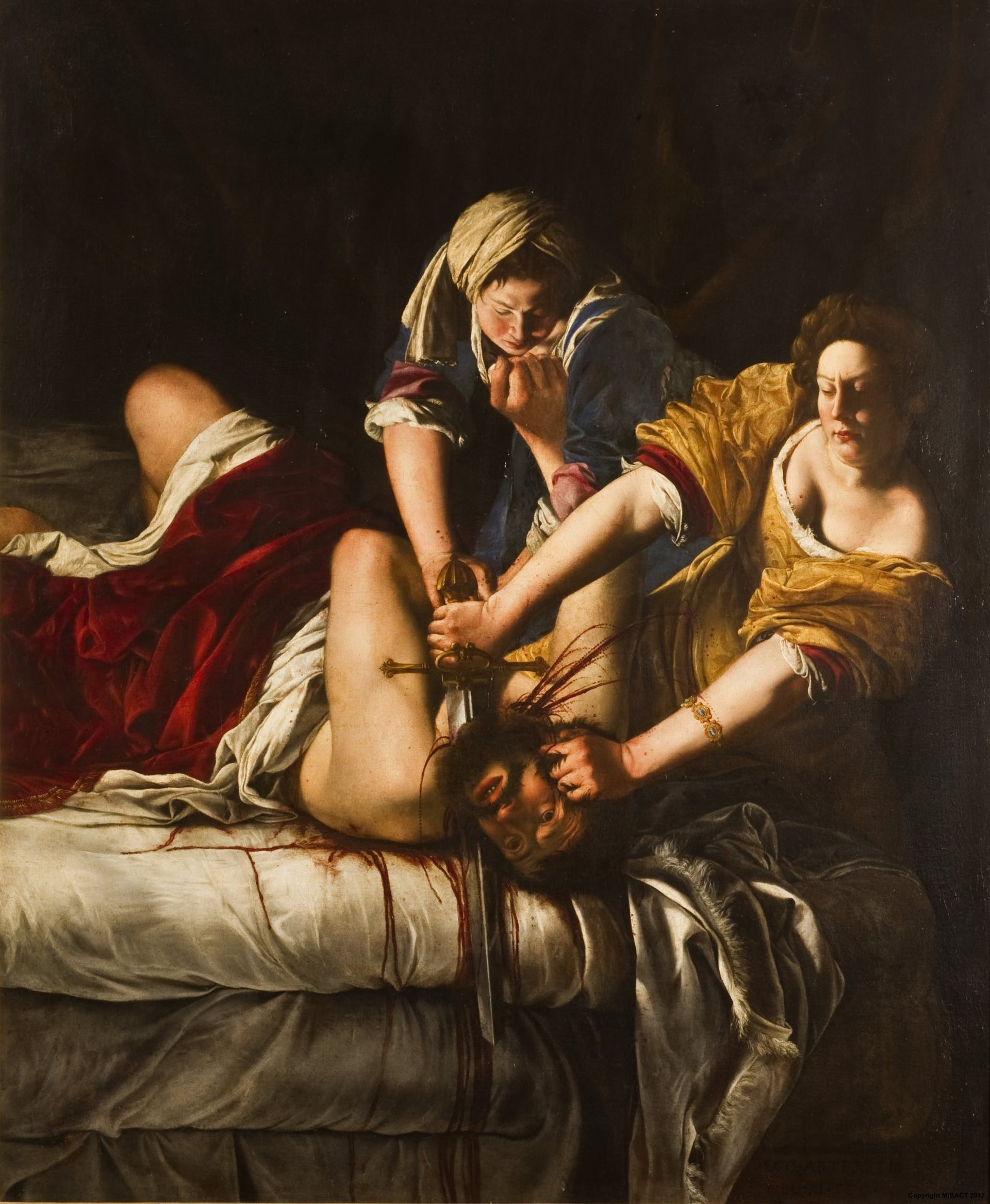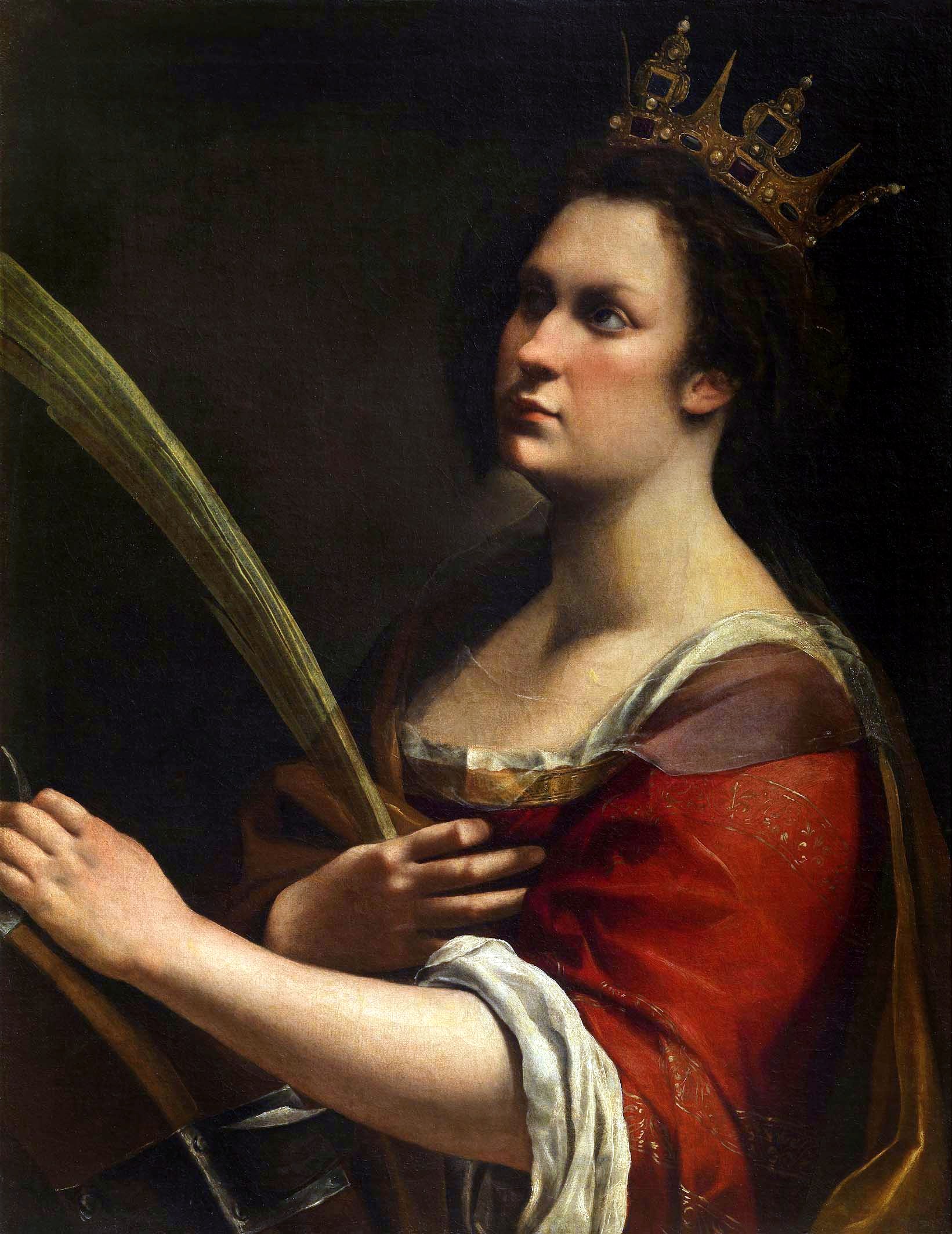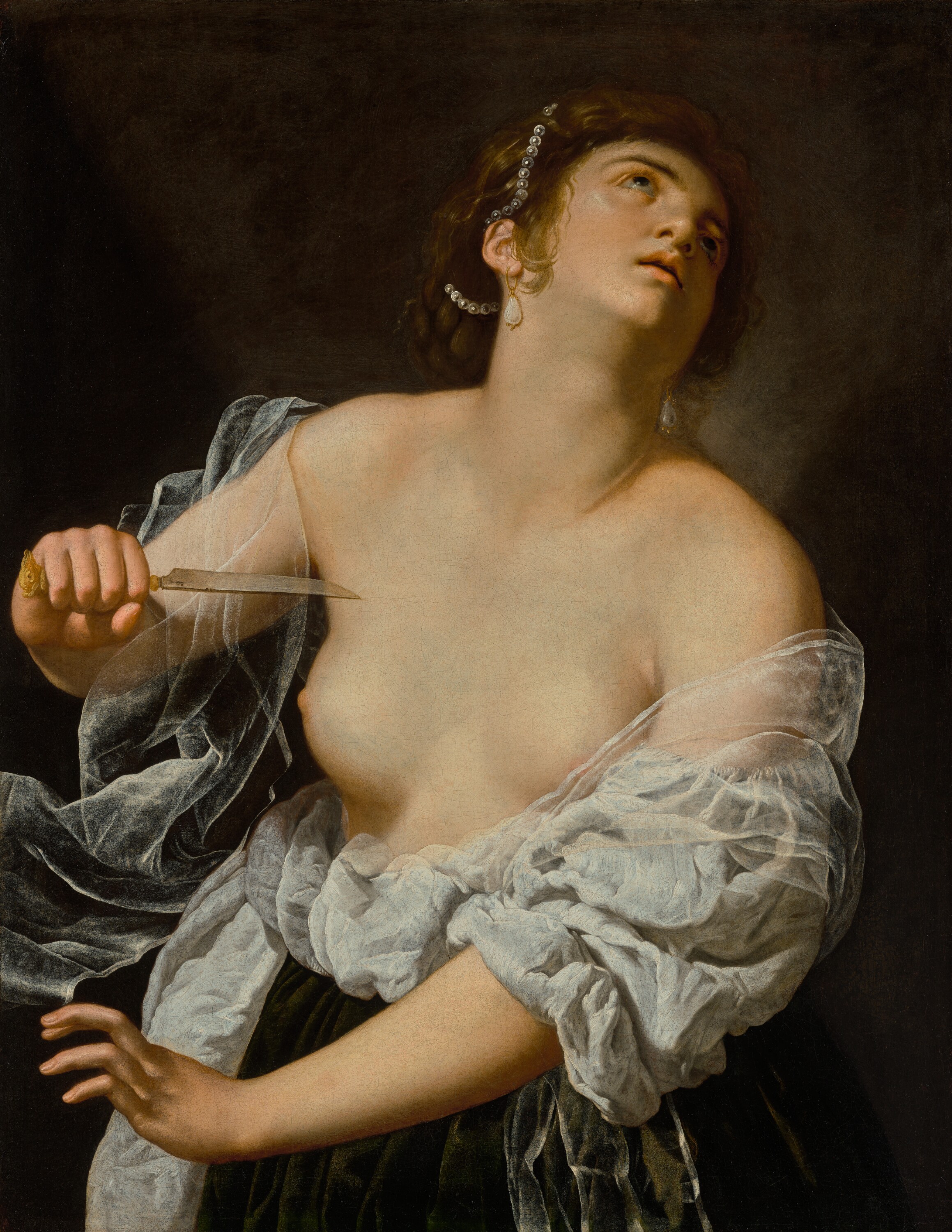Artemisia Gentileschi
Selected Works

Susanna and the Elders
1610
Artemisia Gentileschi, Susanna and the Elders, 1610. Oil on canvas, 170 x 119 cm. Schloss Weißenstein, Pommersfelden.
Schloss Weißenstein, Pommersfelden.

Judith and her Maidservant
1613-14
Artemisia Gentileschi, Judith and her Maidservant, 1613–14. Oil on canvas, 114 x 93.5 cm. Palazzo Pitti, Florence.
Palazzo Pitti, Florence

Jael and Sisera
1620
Artemisia Gentileschi, Jael and Sisera, 1620. Oil on canvas, 86 x 125 cm. Museum of Fine Arts, Budapest.
Museum of Fine Arts, Budapest

Self-Portrait as the Allegory of Painting
c. 1638–1639
Artemisia Gentileschi, Self-Portrait as the Allegory of Painting, c. 1638–1639. Oil on canvas, 98.6 x 75 cm. Royal Collection Trust, United Kingdom.
Royal Collection Trust, United Kingdom

Danaë
ca. 1612
Artemisia Gentileschi, Danaë, ca. 1612. Oil on canvas, 41.3 x 52.7 cm. Saint Louis Art Museum.
Saint Louis Art Museum

Judith Beheading Holofernes
ca. 1614–1620
Artemisia Gentileschi, Judith Beheading Holofernes, ca. 1614–1620. Oil on canvas, 199 x 162 cm. Galleria degli Uffizi, Florence.
Galleria degli Uffizi, Florence
Self-Portrait as a Lute Player
ca. 1615–1618
Artemisia Gentileschi, Self-Portrait as a Lute Player, ca. 1615–1618. Oil on canvas, 77.5 x 71.8 cm. Wadsworth Atheneum Museum of Art.
Wadsworth Atheneum Museum of Art

Self-Portrait as Saint Catherine of Alexandria
ca. 1618–19
Artemisia Gentileschi, Self-Portrait as Saint Catherine of Alexandria, ca. 1618–19. Oil on canvas, 77 x 62 cm. National Gallery, London.
National Gallery, London
Esther before Ahasuerus
ca. 1620s
Artemisia Gentileschi, Esther before Ahasuerus, ca.1620s. Oil on canvas, 208.3 x 273.7 cm. Metropolitan Museum of Art.
Metropolitan Museum of Art

Judith and her Maidservant with Head of Holofernes
ca. 1623–25
Artemisia Gentileschi, Judith and her Maidservant with Head of Holofernes, ca. 1623–25. Oil on canvas, 184 x 141 cm. Detroit Institute of Arts.
Detroit Institute of Arts

Lucretia
ca. 1627
Artemisia Gentileschi, Lucretia, ca. 1627. Oil on canvas, 260 x 200 cm. Getty Museum.
Getty Museum

David and the Head of Goliath
ca. 1630s
Artemisia Gentileschi, David and the Head of Goliath, ca. 1630s. Oil on canvas, 201 x 133 cm. Private collection.
Private collection.

Salome with the Head of Saint John the Baptist
ca. 1610–1615
Artemisia Gentileschi, Salome with the Head of Saint John the Baptist, ca. 1610–1615. Oil on canvas, 84 x 92 cm. Museum of Fine Arts, Budapest.
Museum of Fine Arts, Budapest